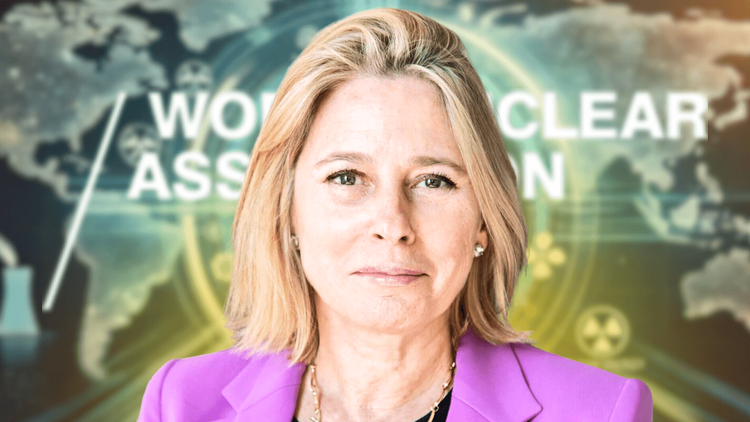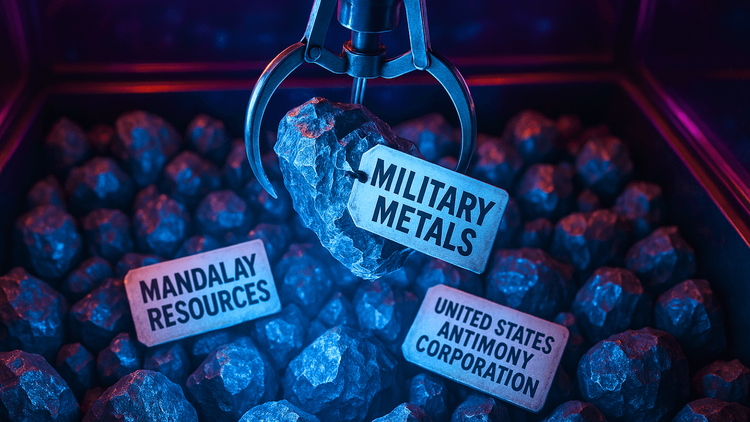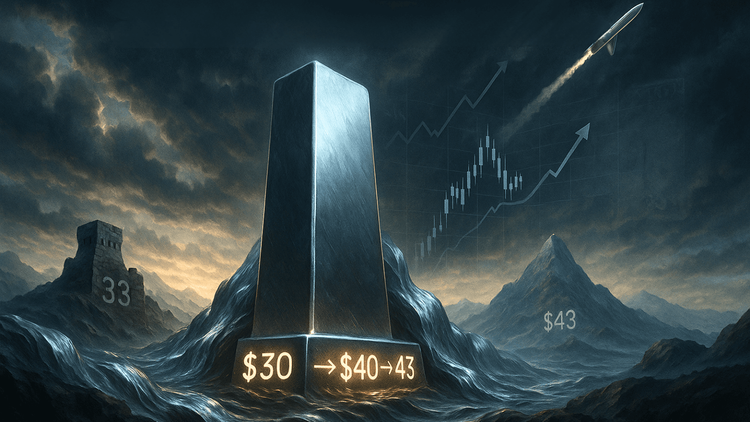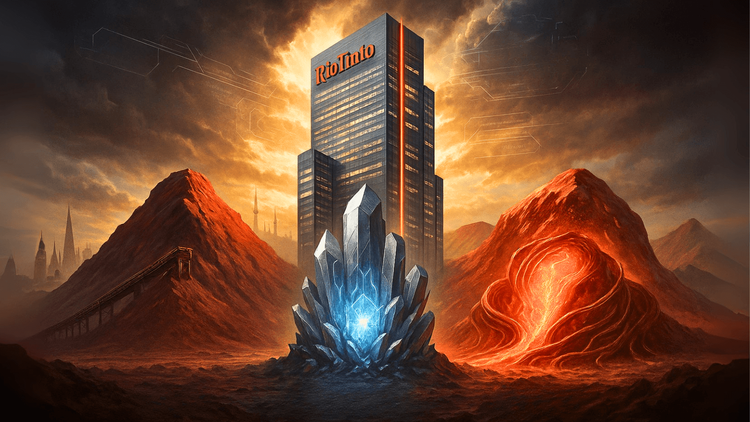World Nuclear Symposium 2024: Highlights and Major Announcements
Unlocking Nuclear’s Potential: Key Insights and Strategic Announcements from the World Nuclear Symposium

The World Nuclear Symposium is a cornerstone for the global nuclear industry, an annual event that not only brings together industry leaders but also attracts newcomers eager to learn about the future of nuclear energy. This year’s gathering showcased unprecedented momentum, with discussions focusing on how to turn aspirations into reality in the face of growing global energy challenges.
With a record-breaking 800-plus attendees, the Symposium captured the essence of nuclear's evolving role in energy security, economic development, and decarbonization efforts. In this article, we explore the major takeaways from the event, covering key announcements, strategic insights, and a look into nuclear energy's promising future.
Turning Momentum into Energy
The nuclear industry has long been viewed with skepticism, but the tide is changing. Global energy demands are rising, and nuclear energy has become an attractive solution. At the Symposium, one of the central themes was how to harness the momentum created by recent policy support and industry innovations to deliver real, tangible energy results.
A remarkable aspect of this year’s event was the growing interest from outside the nuclear sector. This shows the wider recognition of nuclear's potential to deliver clean, reliable, and affordable energy. Governments, industries, and private entities alike are now recognizing nuclear as a viable path toward energy independence and decarbonization.
Net Zero Nuclear Initiative
The Net Zero Nuclear initiative was launched at the 2023 World Nuclear Symposium and gained significant traction over the past year. Twenty-five countries and over 120 nuclear energy and technology companies signed on to triple global nuclear energy capacity by 2050. This commitment was reinforced at major events such as COP28, the G7 Summit, and the IAEA Nuclear Energy Summit.
The initiative emphasizes the necessity of collaboration between governments and the nuclear industry. Policies are in place, but the challenge now is transforming these into practical energy solutions. The Nuclear Energy Summit in Brussels highlighted this critical need for action over rhetoric, encouraging stakeholders to work together to ensure nuclear's place in the global energy transition.
Historically, nuclear energy projects faced reluctance from the financial community due to their scale and risk. However, the financial sector is now viewing nuclear projects as large-scale infrastructure initiatives, which is a significant shift. This newfound support is expected to boost investment in nuclear technology, propelling the industry forward.
Major Announcements at the Symposium
One of the key highlights was the announcement that Unit 4 of the Barakah Nuclear Power Plant in the UAE has entered commercial operation, completing the construction phase of the plant. Barakah’s four operational units will supply up to 25% of the UAE’s electricity needs, demonstrating nuclear’s growing contribution to the energy grid.
Another major development came from Orano, which announced its selection of Oak Ridge, Tennessee, as the preferred site for a new multi-billion-dollar uranium enrichment facility. This move underscores the growing interest in expanding nuclear fuel capabilities to meet the demands of future nuclear power projects.
Westinghouse also made headlines with the launch of its Generative Artificial Intelligence (GenAI) System Hive. This innovative system will allow Westinghouse to deliver custom AI solutions for its global customer base, a leap forward in integrating cutting-edge technology with nuclear energy production.
Overcoming Industry Challenges
The nuclear industry is facing a critical need to expand its workforce. As more projects are greenlighted and the industry grows, the demand for skilled workers is skyrocketing. The Symposium featured discussions on how to attract and train new talent, with a focus on fostering international collaboration and innovation in education and training programs.
Another key challenge discussed was strengthening the nuclear supply chain. As nations look to expand their nuclear capacity, ensuring a resilient supply chain will be crucial. Industry leaders emphasized the need for investment in new technologies and partnerships to maintain a steady flow of materials, components, and services essential for building and maintaining nuclear infrastructure.
Innovation in nuclear fuel services was another hot topic. With the goal of tripling nuclear energy capacity by 2050, expanding fuel services is essential. Companies are exploring ways to enhance fuel efficiency and safety while reducing waste, all of which are critical for the sustainable growth of the nuclear industry.
Nuclear’s Role in Global Decarbonization
Nuclear energy is uniquely positioned to address two of the world’s biggest challenges: energy security and climate change. Countries and industries are increasingly looking to nuclear as a source of reliable, low-carbon energy that can support economic growth. The Symposium highlighted the role of nuclear in creating a more resilient, low-carbon global economy.
One of the key panels at the event discussed nuclear’s potential to decarbonize heavy industries such as steel, cement, and chemicals. These sectors are among the hardest to decarbonize due to their high energy demands, but nuclear energy presents a solution that can provide the necessary power without increasing emissions.
International Collaboration and Competimation
The Symposium emphasized the importance of international collaboration in achieving nuclear energy goals. The industry needs to reach beyond its traditional boundaries and forge partnerships with the financial, technology, and energy sectors. This collaboration is vital to making nuclear an integral part of the clean energy transition.
The term “competimation” – competition combined with collaboration – was highlighted as a key concept for the future of the nuclear industry. While companies and countries compete in the nuclear space, they must also collaborate to tackle global energy challenges. The industry is large enough to accommodate multiple winners, and success will come from working together on shared goals.
Looking Forward to COP30
One of the major events leading up to COP30 is New York Climate Week. On September 23, 2024, Net Zero Nuclear will host a summit at the Rainbow Room in the Rockefeller Center, bringing together leaders from the nuclear, financial, and political arenas. This event will further nuclear’s role as a key player in the global clean energy transition.
The momentum built over the past few years will carry the nuclear industry to COP30 in Brazil, where discussions will focus on accelerating the global adoption of nuclear energy. Over the next 18 months, the industry will work to expand its partnerships and strengthen its role in the fight against climate change.
Conclusion
The 2024 World Nuclear Symposium was a turning point for the nuclear industry, showcasing the enormous potential of nuclear energy in addressing global energy challenges. From major policy commitments to groundbreaking technological innovations, the event made it clear that nuclear energy is poised to play a crucial role in the future of clean energy. As we look toward COP30 and beyond, the nuclear industry must seize this moment, transforming momentum into tangible results that will power the world for decades to come.






